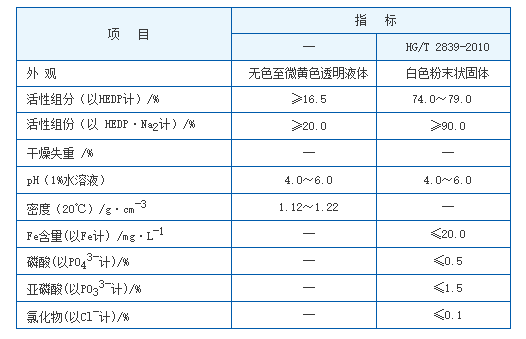coagulants and flocculants in water treatment
Coagulants and Flocculants in Water Treatment Vital Agents for Clean Water
Water is an essential resource for all forms of life, and the process of purifying it for various uses is critical to public health and environmental sustainability. Among the various techniques and chemicals employed in water treatment, coagulants and flocculants play pivotal roles in removing contaminants from water sources, thus ensuring the availability of clean and safe drinking water.
Understanding Coagulants and Flocculants
Coagulants are chemical substances that encourage the clumping together of particles suspended in water. Their primary function is to destabilize the colloidal suspensions that make water turbid and, therefore, unfit for consumption. Common coagulants include aluminum sulfate (alum), ferric chloride, and polyaluminum chloride. These substances work by neutralizing the negative charges that particles and colloids carry, which prevents them from aggregating. Once the charges are neutralized, the particles begin to bind together, forming larger clusters known as “flocs.”
Flocculants, on the other hand, are polymers that aid in the formation of these larger aggregates. They enhance the sedimentation process, which is essential for the effective separation of solid particles from water. Unlike coagulants, which are typically inorganic, flocculants are often organic compounds. They work by bridging the gaps between flocs, allowing them to grow larger and settle more easily in the sedimentation tanks of water treatment plants.
The Role of Coagulants and Flocculants in Water Treatment
The process of coagulation and flocculation is generally performed in the following steps
1. Coagulation The addition of coagulants to the raw water initiates the neutralization of charges. This process can occur in rapid mixing tanks where the coagulant is thoroughly dispersed throughout the water. Proper dosage and mixing are crucial to ensure effective coagulation.
2. Flocculation Following coagulation, the water undergoes slow stirring or gentle agitation, allowing the newly formed micro-flocs to collide and aggregate into larger flocs. This step is essential for maximizing the efficiency of the sedimentation process that follows.
coagulants and flocculants in water treatment

3. Sedimentation After flocculation, the water is allowed to sit in sedimentation tanks, where gravity pulls the heavy flocs to the bottom, forming a sludge layer. This process can take from several minutes to several hours, depending on the size of the particles and the characteristics of the water.
4. Filtration Once the sedimentation process is complete, the supernatant, or clear water, is removed from the top and passes through filtration systems to remove any remaining fine particulates.
5. Disinfection Finally, the treated water may undergo disinfection processes such as chlorination, ultraviolet (UV) treatment, or ozonation to eliminate pathogens, ensuring it is safe for consumption.
Importance of Coagulants and Flocculants in Environmental Protection
The use of coagulants and flocculants not only contributes to the efficiency of water treatment processes but also plays a significant role in environmental protection. By effectively removing pollutants, these agents help safeguard aquatic ecosystems and maintain the health of the surrounding environment.
Moreover, utilizing these chemicals reduces the need for more extreme treatment methods, such as advanced oxidation or extensive filtration, thereby lowering energy consumption and operational costs. The effective management of water resources contributes to sustainability and reduces the ecological footprint of water treatment facilities.
Challenges and Future Perspectives
While coagulants and flocculants present significant advantages in water treatment, there are challenges associated with their use. For example, the residuals from chemical coagulants may pose environmental concerns if not managed properly. Furthermore, the selection of appropriate coagulants and flocculants depends on the specific characteristics of the water source being treated. Advances in research are ongoing to develop more environmentally friendly alternatives and improve the efficacy of these substances.
In conclusion, coagulants and flocculants are fundamental components of modern water treatment systems. Their ability to effectively remove contaminants not only ensures access to safe drinking water but also contributes to the health of ecosystems worldwide. As water scarcity and quality issues continue to rise, the role of such treatment agents will become increasingly vital in our ongoing efforts to protect and sustain one of our most precious resources.
-
2 Phosphonobutane 1,2,4 Tricarboxylic Acid (PBTCA): Superior Scale & Corrosion InhibitorNewsAug.31,2025
-
Dodecyldimethylbenzylammonium Chloride: High-Purity DisinfectantNewsAug.30,2025
-
2-Phosphonobutane-1,2,4-Tricarboxylic Acid: Scale & CorrosionNewsAug.29,2025
-
Premium Isothiazolinones | Broad-Spectrum Biocidal SolutionsNewsAug.28,2025
-
LK-319 Special Scale And Corrosion Inhibitor For Steel Plants: Advanced Solutions for Industrial Water SystemsNewsAug.22,2025
-
Flocculant Water Treatment: Essential Chemical Solutions for Purification ProcessesNewsAug.22,2025





